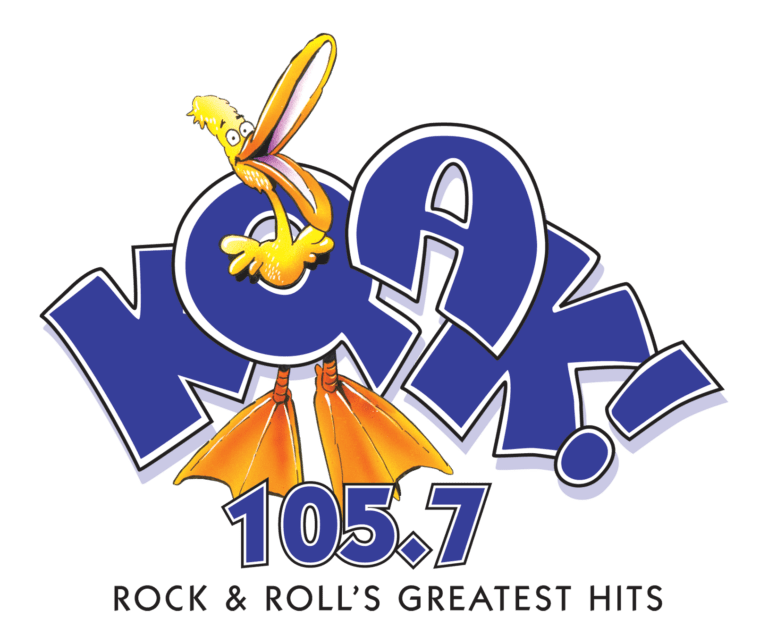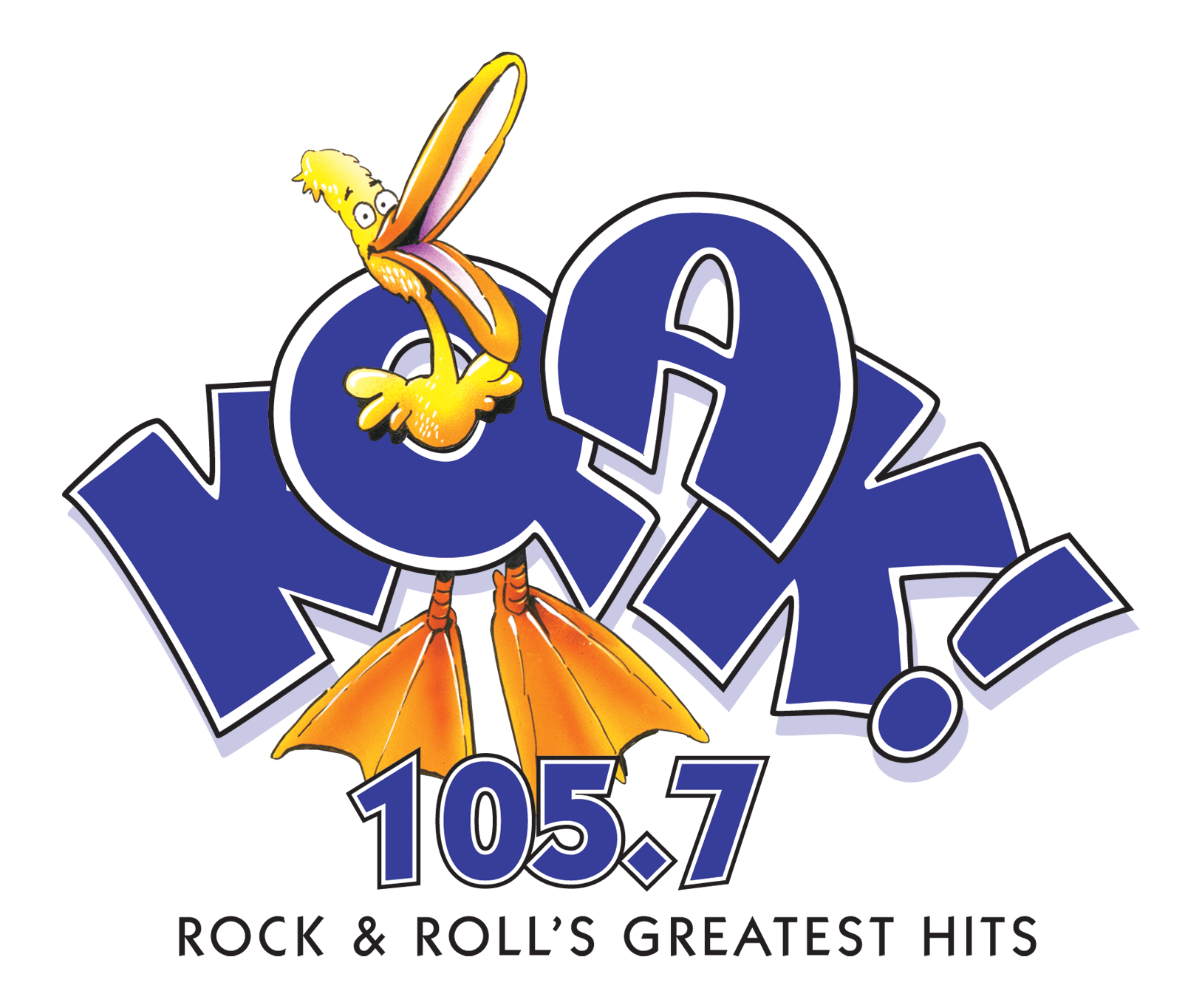Behavioral health providers funded by Measure 110 reported continued increases in clients served statewide for substance use treatment and other key supports in the first year of full implementation, further cementing the statewide networks as a critical feature of Oregon’s behavioral health system.
Behavioral Health Resource Network (BHRN) providers report the number of clients they serve and the number of encounters they have with their clients as a measure of overall engagement.
Some clients may receive multiple services within a network or within multiple service networks.
Statewide, BHRN providers reported 159,000 encounters for people seeking substance use treatment and more than 149,000 encounters for people seeking harm reduction services over the first full year of operations from July 1, 2022, through June 30, 2023.
Among other highlights over the 12 months of reporting:
- Substance use treatment providers reported 143 percent more client encounters.
- The largest gains overall were for client screening — for people seeking Measure 110 network services — at 298 percent. Housing services provided to clients grew by 296 percent.
- Supported employment services provided to clients increased by 286 percent. These are employment opportunities available to people seeking substance use treatment, often as a means of providing stability and keeping them in treatment.
Over the four quarters, the number of people seeking substance use treatment increased by more than 143 percent for people identifying as Hispanic/Latino, Latina or Latinx, 94 percent for people identifying as Black/African American and 182 percent for people identifying as American Indian/Alaskan Native.
“With every passing day we’re seeing Measure 110 funding become further integrated into our system of care,” said Oregon Health Authority (OHA) Behavioral Health Director Ebony Clarke. “It’s important to sustain these investments at current levels so these providers can continue to provide these life-saving services and supports.”
The Measure 110 program has released its latest quarterly data reporting — encompassing activity from April 1 through June 30, 2023 — that showed ongoing growth among service providers and clients.
Additional highlights for the fourth quarter reporting show:
- The number of clients receiving housing services grew by 36 percent between the third and fourth quarter, while the number of clients receiving harm reduction and overdose services grew 29 percent.
- Peer support providers reported a 23-percent increase in client encounters, while substance use treatment providers reported a 21-percent increase.
OHA has developed a comprehensive Measure 110 data reporting dashboard that includes quarterly data, expenditures, key demographic information, and aggregated narrative summaries for the 42 statewide service networks.
One unidentified provider wrote: “From [Jan. 1 to March 31, 2023] participants reported they reversed 46 [overdoses] with naloxone that was provided by us.”
Another wrote: “Being able to house individuals who are unhoused and trying to stay sober has made a big impact on our clients. Having a place to sleep and shower makes it easier to get to appointments and jobs.”
The fourth quarter reporting shows a continued shift in investments away from infrastructure purchases and toward sustained treatment and recovery services.
The largest quarterly expenditures were in peer support services which topped all investments at more than $10 million. Housing services followed with more than $7 million, representing the historic investment the Oversight and Accountability Council has made in building new recovery housing across the state.
Preliminary data also showed more client engagement among communities of color.
The dashboard contains a new section that shows where providers are conducting community outreach and serving clients. Providers reported providing peer support services most commonly and performing intensive outreach to houseless individuals, among other priority populations.
OHA is developing and sharpening strategic parameters around data collection, establishing standards for the type of data that is appropriate to collect, modifying internal systems and processes to capture data outcomes, metrics, and reducing administrative burden on providers.
The Measure 110 program continues to refine service data collection for communities of color and other disproportionately affected communities, as the networks transition toward implementing Race Ethnicity and Language Disability (REALD) standards in their data collection.
More than two-thirds of BHRN providers credited Measure 110 funding for strengthening community partnerships enabling them to expand services and decrease wait times for accessing treatment.
Nearly 30 percent cited staff retention and recruiting as an ongoing challenge, down from the previous quarterly reporting.
The deadline for the next round of reporting for expenditure and program data is in January 2024 and will cover the time between July 1 through Sept. 30, 2023.
Background: In November 2020, Oregon voters passed Measure 110, the Drug Addiction Treatment and Recovery Act of 2020, which became effective Dec. 4, 2020, to better serve people actively using substances or diagnosed with a substance use disorder. In July 2021, the legislature passed SB 755, which amended the act and made it more feasible to implement.
People who provide drug treatment and recovery services and advocates for criminal justice reform wrote Measure 110 in response to the high rate of drug addiction and overdoses in Oregon, and the disproportionate impact of those outcomes on Oregon’s communities of color.
Their goal was to establish a more equitable health-based and effective approach to substance use disorder.







